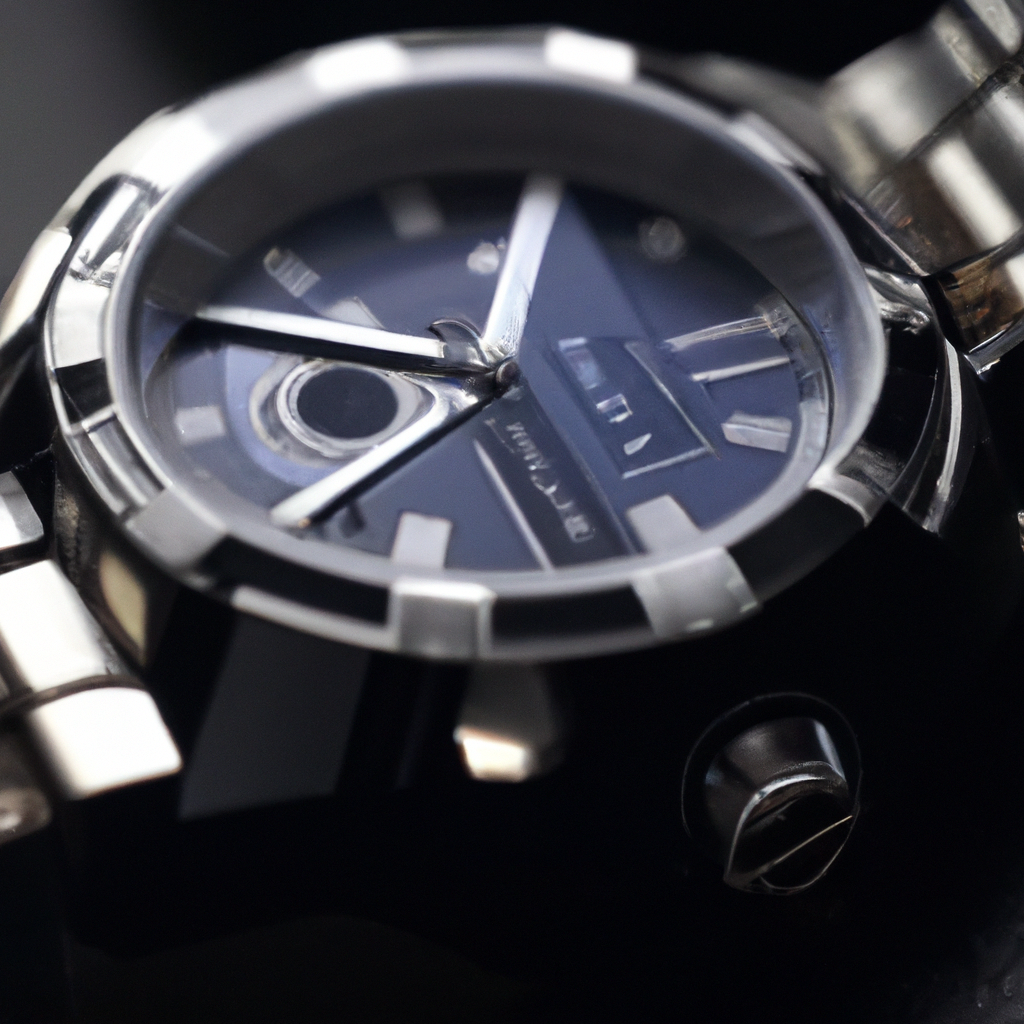An automatic watch, also known as a self-winding watch, is a type of mechanical watch that has been engineered to wind itself automatically. It is a beautifully crafted piece of engineering that works tirelessly to keep time and provide accurate timekeeping. In this article, we will explore the inner workings of an automatic watch, its parts, and how it operates to keep us on time.
Watch Movements:
The mechanism that powers a watch is known as the watch movement. There are three types of watch movements – manual, automatic, and quartz. In a manual movement, the watch is wound manually using the crown, whereas a quartz movement uses a battery to power the watch. An automatic watch, on the other hand, is powered by a mechanical movement that winds itself automatically as you wear it.
Watch Parts:
A watch is made up of several parts that work together to keep time. Some of the essential parts of a watch include:
1. The Crown: The crown is the button on the side of the watch that is used to wind the watch manually.
2. The Rotor: The rotor is a weight that is attached to the movement and moves back and forth as you move your wrist. It winds the mainspring, which powers the watch.
3. The Mainspring: The mainspring is a long, coiled spring that stores the energy needed to power the watch.
4. The Balance Wheel: The balance wheel is a tiny wheel that oscillates back and forth, controlling the timekeeping of the watch.
5. The Escapement: The escapement is a mechanism that controls the movement of the balance wheel, ensuring that it oscillates at a consistent rate.
6. The Dial: The dial is the face of the watch that displays the time.
7. The Hands: The hands are the pointers on the watch that indicate the time.
Watch Engineering:
The engineering behind an automatic watch is intricate and complex. The watch movement is made up of several gears, levers, and springs that work together to keep accurate time. When you wear an automatic watch, the rotor moves back and forth, winding the mainspring. As the mainspring winds, it stores energy, which is used to power the watch.
Watch Technology:
Automatic watches have been around for over a century and have undergone significant technological advancements. Modern automatic watches are built with advanced materials such as ceramic, titanium, and sapphire, making them more durable and long-lasting. Many automatic watches also come equipped with features such as water resistance, shock resistance, and antimagnetic properties.
Watch Mechanism:
The mechanism of an automatic watch is simple yet elegant. As the rotor moves back and forth, it winds the mainspring, which powers the watch. The balance wheel oscillates back and forth at a consistent rate, controlled by the escapement, which ensures that the watch keeps accurate time. The hands on the dial move in sync with the oscillations of the balance wheel, indicating the time.
Watch Accuracy:
The accuracy of an automatic watch depends on several factors, including the quality of the movement, the precision of the balance wheel, and the quality of the parts used in the watch. The accuracy of an automatic watch can be affected by several external factors, such as temperature, humidity, and shock.
Horology:
Horology is the study of timekeeping devices, including watches and clocks. Horologists are experts in the art and science of timekeeping and are responsible for designing, engineering, and repairing watches and clocks. The field of horology has undergone significant advancements in recent years, with new materials and technologies being developed to improve the accuracy and durability of timekeeping devices.
Conclusion:
In conclusion, an automatic watch is a beautiful piece of engineering that works tirelessly to keep us on time. Its mechanism is intricate yet simple, with several gears, levers, and springs working together to keep accurate time. The accuracy of an automatic watch depends on several factors, including the quality of the movement, the precision of the balance wheel, and the quality of the parts used in the watch. With its timeless design and advanced technology, the automatic watch is a testament to the mastery of horology and the art of timekeeping.







